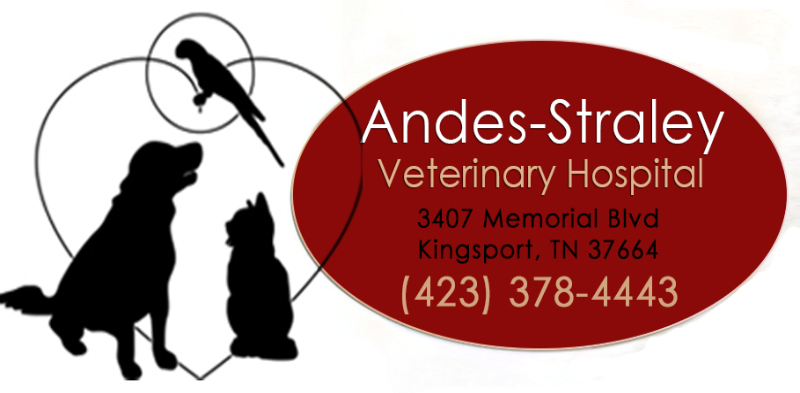Introduction To Puppy Training
Your new puppy is almost home and you need to prepare. Training your dog is an essential step to integrating them into your family. You want to ensure your furry friend is trained soon after they arrive, so they learn at a young age what is expected of them. Your dog wants nothing more than to please you, and training them right makes this easier! Here is a quick introduction to puppy training!
Positive Reinforcement
One of the best ways to train your dog other than food is positive reinforcement. The idea behind this method is to reward the positive behaviors you like and ignore the ones you do not like. You can use positive reinforcement during all aspects of training like leash walking, potty training, and everyday behaviors. One of the biggest concerns about positive reinforcement comes during potty training. What if my dog goes in the house? You don’t want this happening, so what do you do? We’ll discuss potty training in more depth next. The main point about positive reinforcement is to remember your puppy is still learning, that’s why you are teaching them. Due to a dog’s nature, they truly just want to love and please their owners. If you praise your pup every time they do something correctly, they will catch on!
Potty-Training
This is the number one concern of all new puppy owners. Potty-training a dog is very different than any other animal. For example, cats require an intro to their litter box and you’ll likely never have to worry about it again. Dogs are not the same. Even though this task might seem daunting, with patience and consistency, you’ll be ready in no time. Let’s refer back to the concept of positive reinforcement. You are going to reward the positive behavior and essentially ignore the ones you don’t like. Every time your dog goes outside to go to the bathroom, reward them with treats, food, or playtime. When you are first training your dog to go outside, you need to essentially create a schedule.
According to the Humane Society, your puppy can control their bladder one hour for every month of age. So if your dog is two months old, they can hold it for around two hours. Bring your dog outside as soon as they wake up, finish eating or drinking, during playtime, and after playtime. This will maximize every chance for them to use the bathroom outside. When you bring your dog out and they go to the bathroom, give them all the praise in the world. Give them treats or praise them as soon as they finish going outside. This will help them associate outside and the bathroom with positive rewards from mom and dad. Your dog will quickly catch on that going outside is a good thing, and the chance of indoor accidents decreases.
If you are taking your puppy out consistently and with their appropriate age recommendations, they will catch on with no problem! If they do have an accident in the house, avoid yelling or punishing them for doing so. This will teach them to not potty when you’re around, but to do so when you aren’t around.
For more information on training your puppy, check out Andes-Straley Veterinary Hospital. At Andes-Straley, we provide a variety of services and care for animals of all shapes and sizes. To learn more about what we do, and how we can help train your puppy, visit us online here or call us at (423) 378-4443 today!



